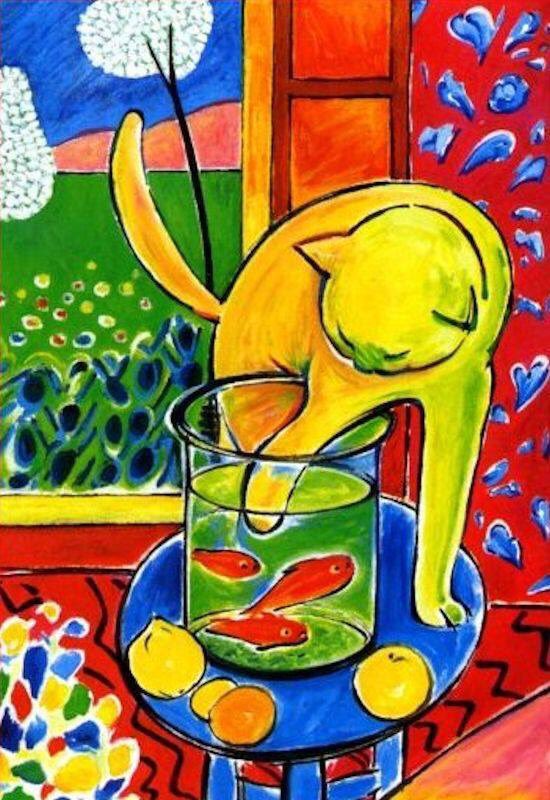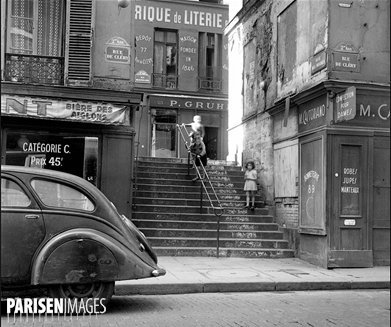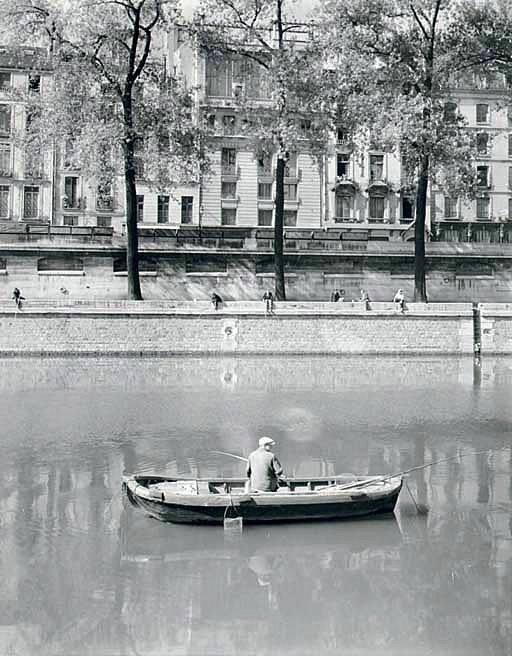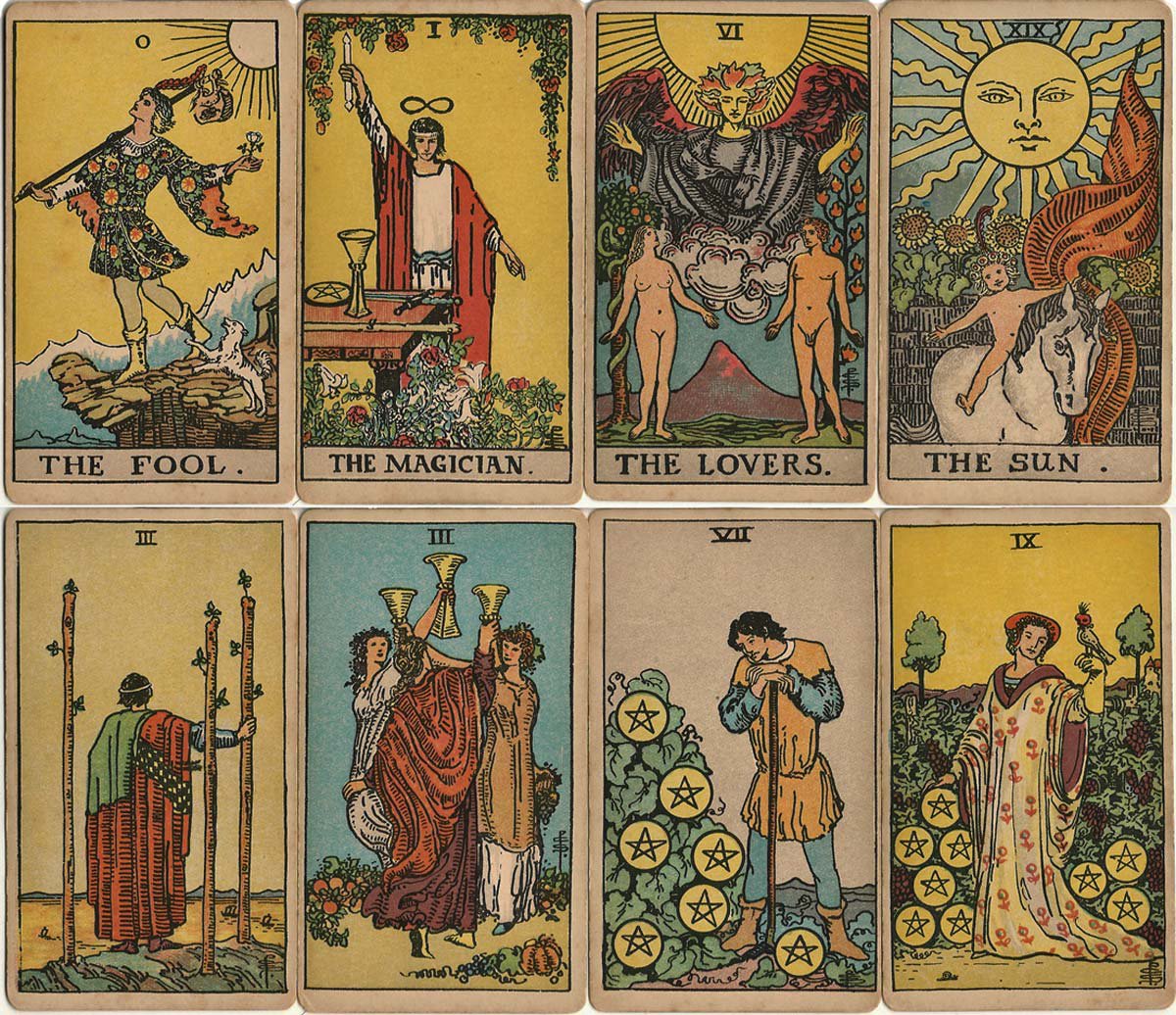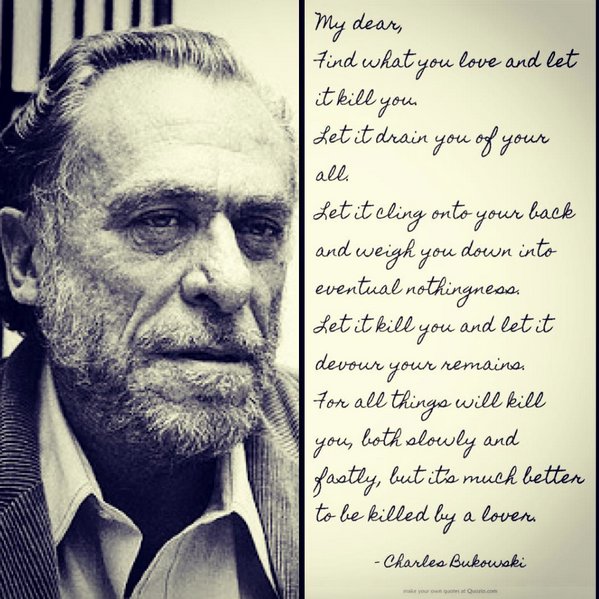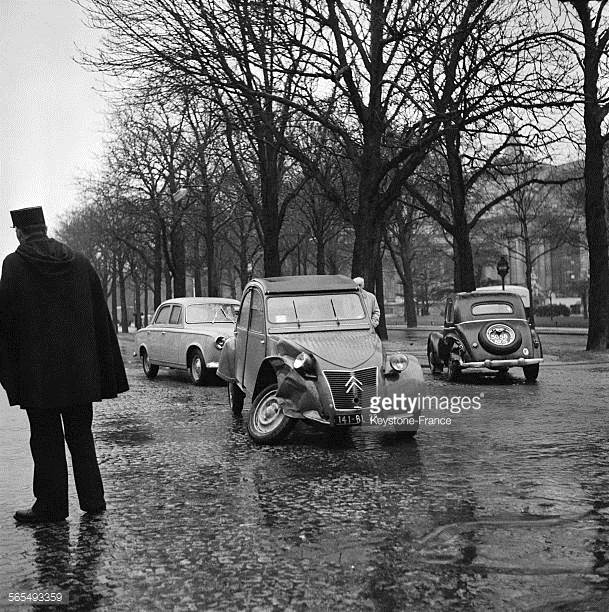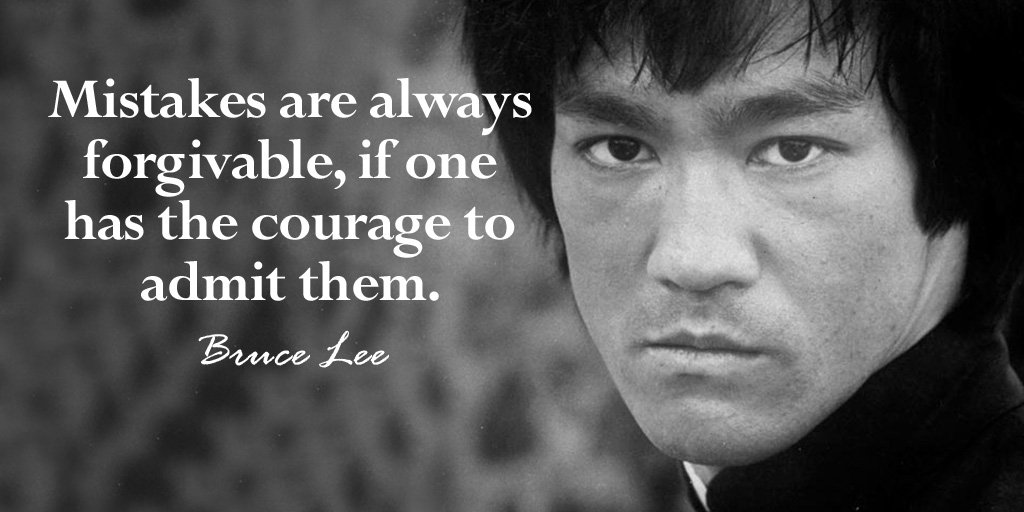
The Brain’s Way of Healing by Norman Doidge: Review
Doidge argues that when the brain is damaged or incompletely formed it’s possible to “rewire” the circuits
Norman Doige, MD: The Brain's Way of Healing
By Marcia Kaye Special to the Star
Sat., Jan. 31, 2015
It’s taken seven years, but Toronto psychiatrist Norman Doidge has finally produced a sequel to his international bestseller The Brain That Changes Itself.
That book popularized the term neuroplasticity, or the brain’s ability
to change its own structure and functioning and even to cure conditions
considered incurable. It was wildly successful, selling more than a
million copies, generating many TV specials, and making Doidge a bit of a
science star. His new book,
The Brain’s Way of Healing: Remarkable Discoveries and Recoveries from the Frontiers of Neuroplasticity, picks up from where the earlier book leaves off.
Doidge once again uses his very successful technique of interspersing real-people stories with explanations of the science behind the healing. He takes us to a Hawaiian beach and introduces us to a fellow psychiatrist and pain specialist who, after 13 years of chronic neck pain from a water-skiing accident, used rigorous mental imagery to become pain-free with a year. Doidge then whisks us to South Africa to meet a man who trained himself in conscious walking to overcome the shuffling gait and tremors typical of Parkinson’s patients.
He tells us of a brain-damaged British child who began developing normally after exercises involving Mozart, Gregorian chants and his mother’s voice, and a Toronto blind man whose sight was restored through neuroplastic eye exercises. Doidge himself tried similar exercises and within days managed to permanently lower his own glasses prescription. Remarkably, when the book was half-finished his editor had a stroke and, using several neuroplastic techniques, improved far beyond the expected prognosis.
Doidge argues quite convincingly that when the brain is damaged or incompletely formed, whether from stroke, multiple sclerosis, traumatic brain injury, autism, ADHD or a host of other conditions, it’s entirely possible to “rewire” the circuits by training a different part of the brain to take over the task.
He uses examples of various natural, non-invasive therapies from around the world, including Toronto, involving music, light and movement. While many people have experienced permanent benefits from tai chi, yoga, meditation, mindfulness, energy medicine and other non-Western therapies, Doidge uses brain science to explain exactly how and why they can work.
The Brain’s Way of Healing: Remarkable Discoveries and Recoveries from the Frontiers of Neuroplasticity, picks up from where the earlier book leaves off.
Doidge once again uses his very successful technique of interspersing real-people stories with explanations of the science behind the healing. He takes us to a Hawaiian beach and introduces us to a fellow psychiatrist and pain specialist who, after 13 years of chronic neck pain from a water-skiing accident, used rigorous mental imagery to become pain-free with a year. Doidge then whisks us to South Africa to meet a man who trained himself in conscious walking to overcome the shuffling gait and tremors typical of Parkinson’s patients.
He tells us of a brain-damaged British child who began developing normally after exercises involving Mozart, Gregorian chants and his mother’s voice, and a Toronto blind man whose sight was restored through neuroplastic eye exercises. Doidge himself tried similar exercises and within days managed to permanently lower his own glasses prescription. Remarkably, when the book was half-finished his editor had a stroke and, using several neuroplastic techniques, improved far beyond the expected prognosis.
Doidge argues quite convincingly that when the brain is damaged or incompletely formed, whether from stroke, multiple sclerosis, traumatic brain injury, autism, ADHD or a host of other conditions, it’s entirely possible to “rewire” the circuits by training a different part of the brain to take over the task.
He uses examples of various natural, non-invasive therapies from around the world, including Toronto, involving music, light and movement. While many people have experienced permanent benefits from tai chi, yoga, meditation, mindfulness, energy medicine and other non-Western therapies, Doidge uses brain science to explain exactly how and why they can work.
An
award-winning literary writer and journalist as well as a psychiatrist,
Doidge has achieved a fine blend here between scientific substance and
literary style. While never dumbing down the science, he’s positively
elegant in his crystalline explanations of brain science for a lay
audience: “If one member of the string section is sick, the show can
still go on, if his replacement has access to the musical score.”
Doidge has an uncanny knack for addressing questions just as they arise in the reader’s mind, such as:
What if that “cured” patient was misdiagnosed in the first place?
What if it’s just a matter of improved circulation?
What about the placebo effect?
He answers them all, and more. He explores both the placebo effect (quick but short-lived, while neuroplasticity is slower but long-lasting) as well as the “nocebo” effect: if you lower a patient’s expectations of treatment, symptoms often worsen.
The Brain’s Way of Healing is a vivid, robust and optimistic read, but I see three ways it may rile.
In referring to those who are reluctant to acknowledge neuroplasticity’s cures, Doidge writes, in a line that may make fellow clinicians seethe (and patients cheer):
“The attitude has even come to influence the ways many physicians now talk to their patients, interrupting their story as they speak, because often the high-tech physician is less interested in their narrative than in their lab test.”
Secondly, Doidge may frustrate proponents of immunization by reopening the whole autism debate, suggesting vaccines cause harm to some people.
And finally, animal lovers may cringe at details of experiments involving sewing monkeys’ fingers together or dropping rocks on the heads of mice. These aside, the book is an essential addition to our growing understanding of the mind-brain-body connection.
Marcia Kaye (marciakaye.com) has won several journalism awards for her health writing.
Doidge has an uncanny knack for addressing questions just as they arise in the reader’s mind, such as:
What if that “cured” patient was misdiagnosed in the first place?
What if it’s just a matter of improved circulation?
What about the placebo effect?
He answers them all, and more. He explores both the placebo effect (quick but short-lived, while neuroplasticity is slower but long-lasting) as well as the “nocebo” effect: if you lower a patient’s expectations of treatment, symptoms often worsen.
The Brain’s Way of Healing is a vivid, robust and optimistic read, but I see three ways it may rile.
In referring to those who are reluctant to acknowledge neuroplasticity’s cures, Doidge writes, in a line that may make fellow clinicians seethe (and patients cheer):
“The attitude has even come to influence the ways many physicians now talk to their patients, interrupting their story as they speak, because often the high-tech physician is less interested in their narrative than in their lab test.”
Secondly, Doidge may frustrate proponents of immunization by reopening the whole autism debate, suggesting vaccines cause harm to some people.
And finally, animal lovers may cringe at details of experiments involving sewing monkeys’ fingers together or dropping rocks on the heads of mice. These aside, the book is an essential addition to our growing understanding of the mind-brain-body connection.
Marcia Kaye (marciakaye.com) has won several journalism awards for her health writing.
